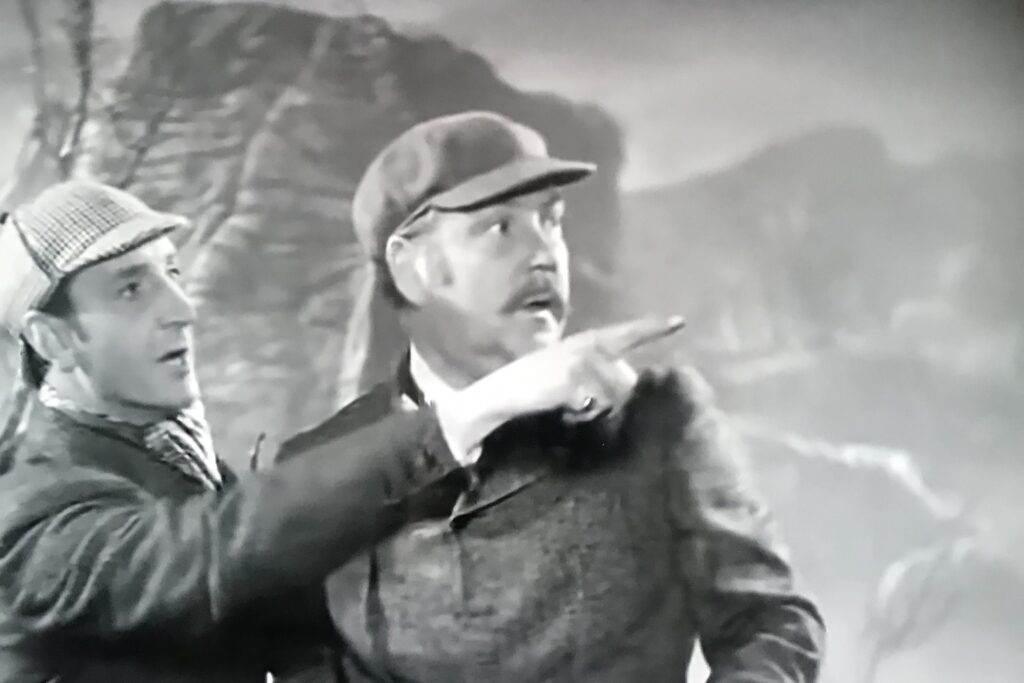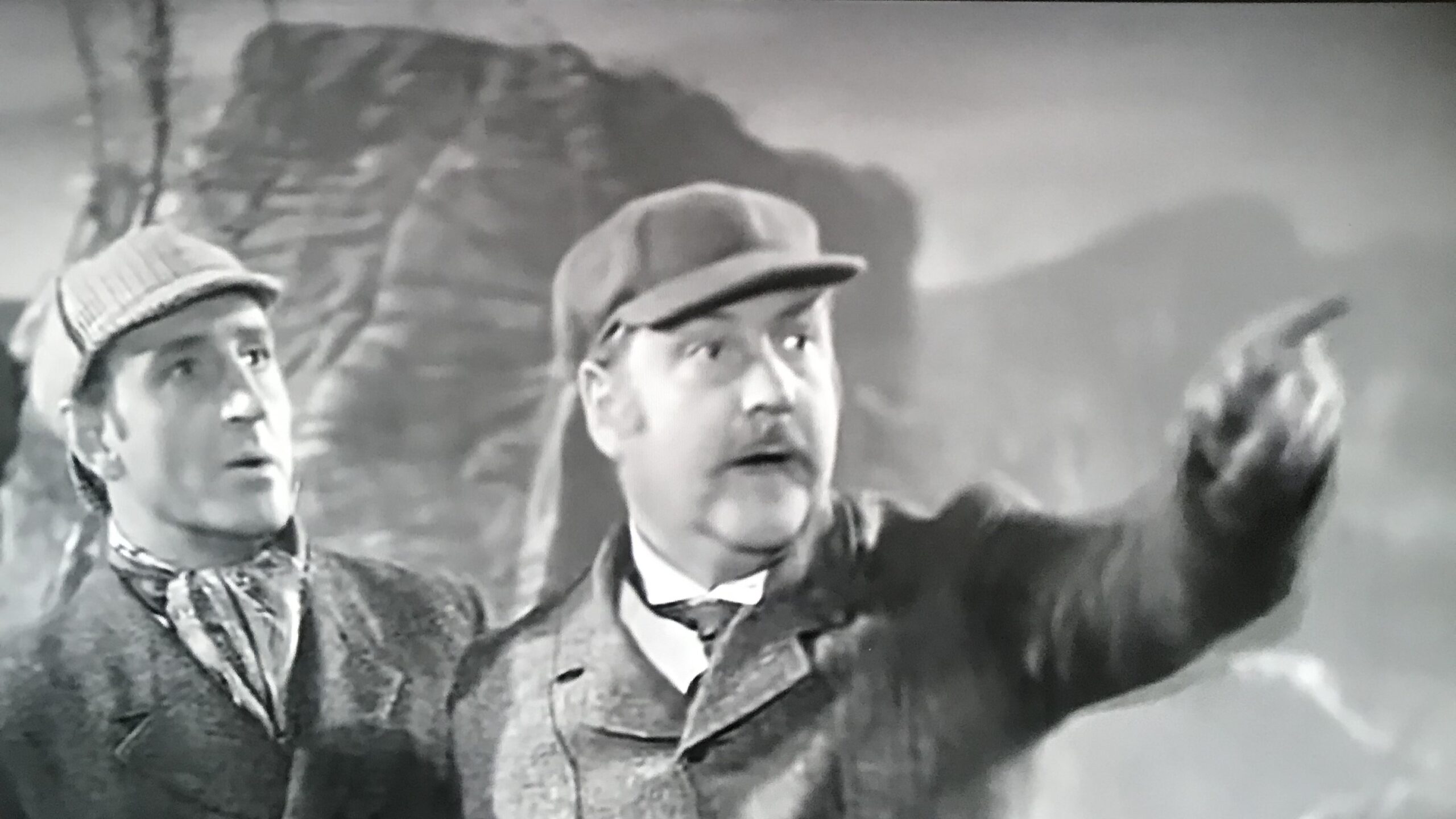When walking on Westledge Trail in the McLean Game Refuge, one may have a sense of something different beyond its natural surroundings. It’s a beautiful, forested hike that extends from Westledge Road through the Refuge, along a brook, to Firetown Road in Simsbury. But beyond its natural beauty lie subtle clues to Pilfershire and the history of its residents from the 1750’s to the early decades of the 1900’s. This area had subsistence farms with some blacksmithing, tailoring, dyeing, and hard apple cider milling. Today, many clues to its past remain. The preserved stone foundation structures, collapsed now and nestled naturally into the landscape, are the most visible clues of the salt box homes and farmstead outbuildings that once stood here. They serve as cherished treasures of our colonial past. All these stone reminders provide a tremendously rich glimpse into the bygone life of this farming community on the hillside ledges of West Simsbury. Were these stone foundations of homes, mills, barns, sheds, privies, workshops or tanneries? What was farm life like during Pilfershire’s journey?
These piled stone formations are only part of the foundational underpinning visual clues, no pun intended, for the extensive historical research our team is undertaking. Look closer as you walk and you can observe even more. Handsome ancient trees, now aged by time, once stood as borders along the dirt roads and frontage of these homes. These magnificent old trees appear placed in an ornamental fashion, likely providing shade for the house and livestock.

PHOTO: From Lanfield, Sidney. “The Hound of the Baskevilles.”, 20th Century Fox, 1939.
On further glance, another signifcant clue sinks in when you observe a stone wall in this forest … and then another one, and yet another one, until you realize they’re everywhere! These ubiquitous stone walls of Pilfershire, and throughout New England, tell stories that are well chronicled in several excellent publications*. These stone walls reveal evidence of former agricultural property boundaries, livestock containment (possibly including Merino Sheep**), and even ornamental elements for the homes of the farmers who lived there.
These are but a few hints on how to know “when a walk is not just a walk”.
As I learned through the team collaboration with Tom and Jeff on our Pilfershire of Simsbury Project, along with the many, many wonderful conversations with people we’ve met along the way: history is often right under our noses. All you have to do is just keep looking for it.
Enjoy ever step of the way!
By Dave Jackson
*Allport, Susan. Sermons In Stone; The Stonewalls of New England & New York.The Countryman Press, Woodstock, VT., 2012.
*Thorson, Robert M. Stone By Stone: The Magnificent History in New England’s Stone Walls. Walker & Company, NY, 2002.
** “Simsbury Free Library: The Lost Village of Pilfershire.” Simsbury Community TV, 23 September 2014, Simsburttv.org/v/XNM3-HBTJ8c.





